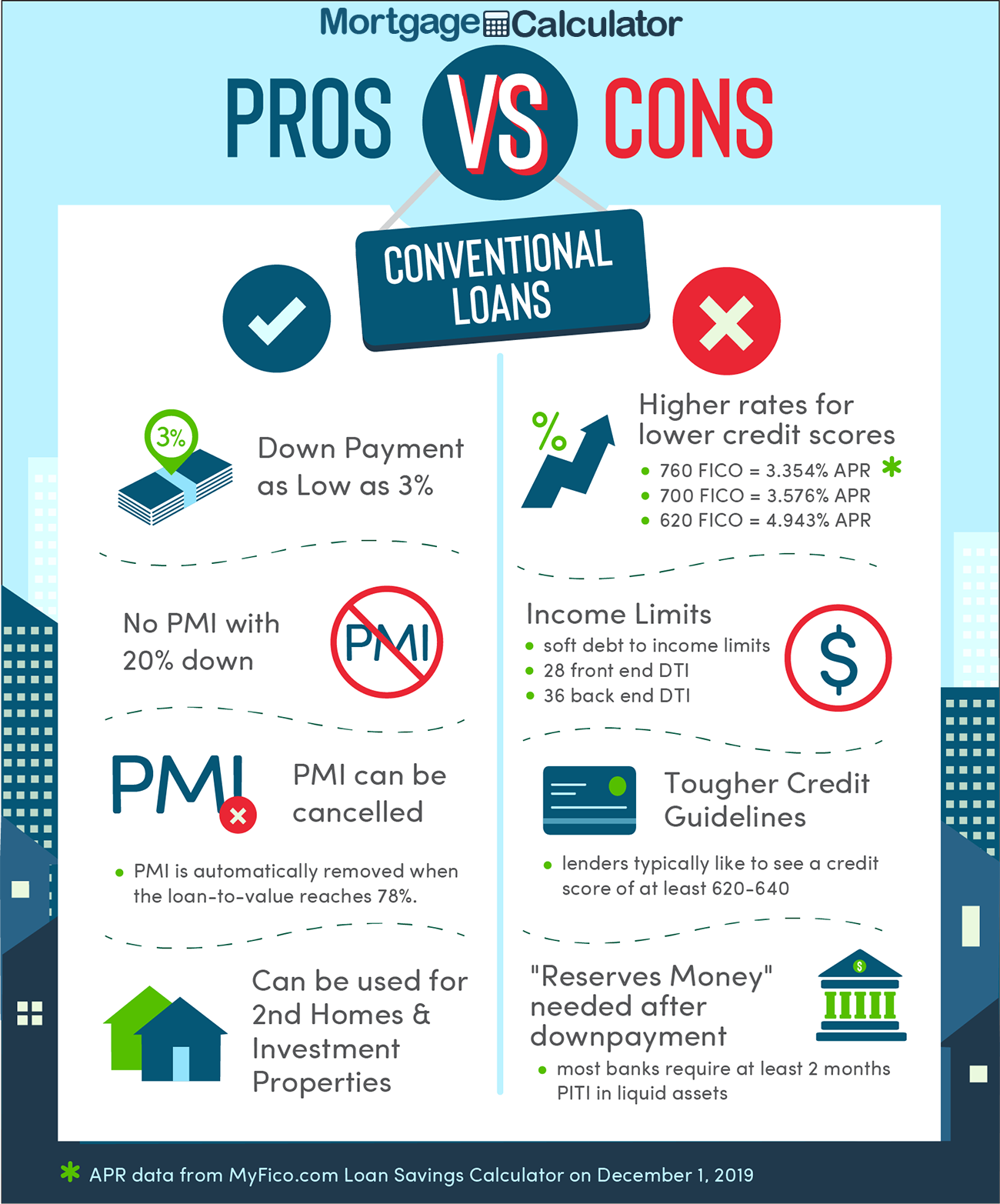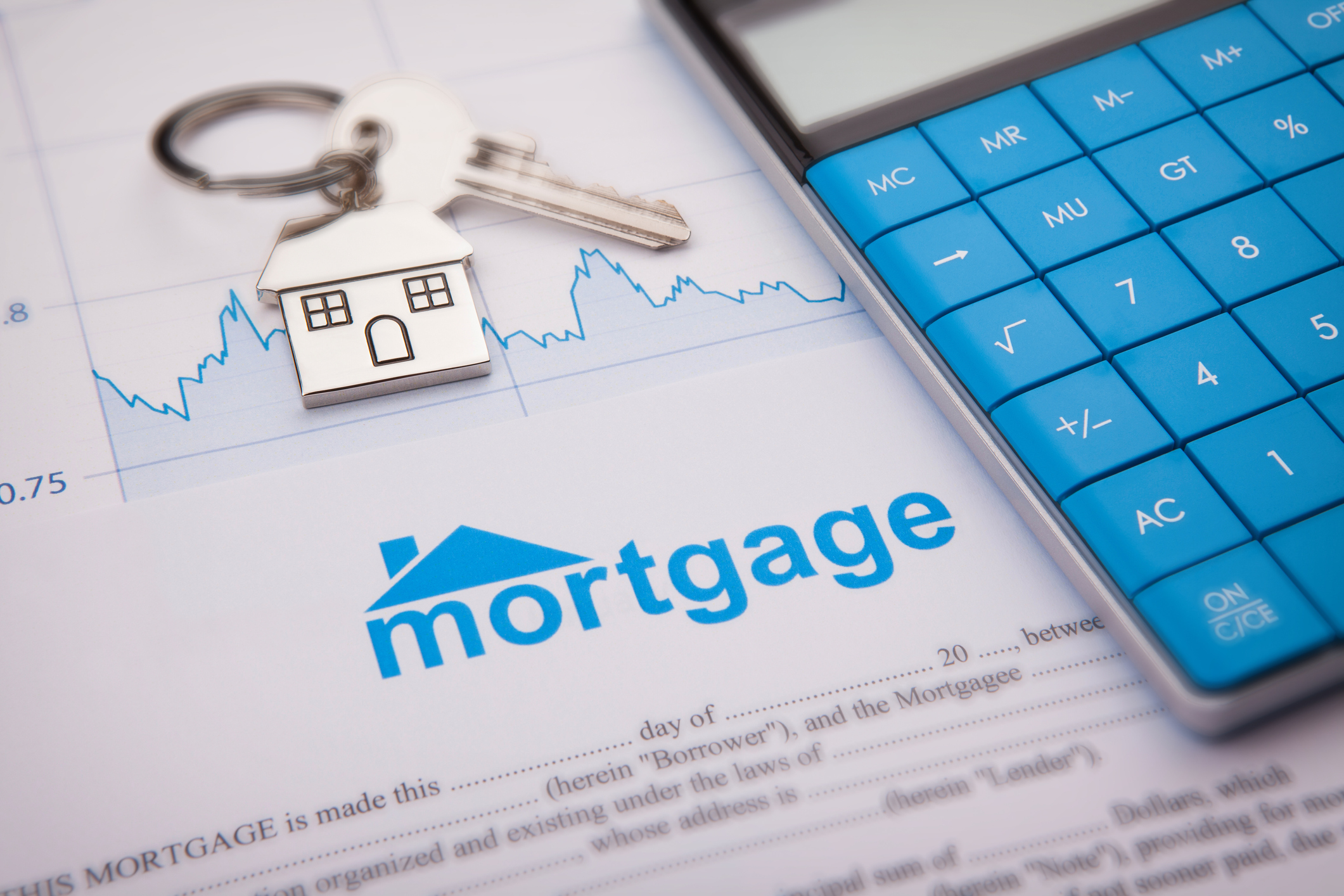Step-by-Step Procedure to Make An Application For Conventional Mortgage Loans
Step-by-Step Procedure to Make An Application For Conventional Mortgage Loans
Blog Article
The Important Elements to Consider When Picking In Between Fixed-Rate and Variable-rate Mortgage Finances
When assessing mortgage options, debtors face a crucial decision in between adjustable-rate and fixed-rate fundings, each presenting distinct advantages and prospective mistakes. Secret factors to consider such as passion rate stability, predictability in regular monthly repayments, and the implications of potential rate adjustments can dramatically affect long-term monetary health.
Rate Of Interest Stability
When picking a home mortgage, recognizing rates of interest security is crucial for educated decision-making. Rate of interest can significantly affect the general price of a home mortgage, and recognizing the nature of these prices is crucial for borrowers. Fixed-rate home loans use the advantage of consistent regular monthly payments over the life of the car loan, shielding customers from market fluctuations. This stability makes it possible for home owners to intend their financial resources with greater assurance, as they will certainly not be influenced by rising rates of interest.
On the other hand, adjustable-rate home loans (ARMs) start with lower first rates that may transform periodically based on market conditions. While this can cause reduced repayments originally, it additionally introduces unpredictability, as consumers might encounter increased repayments if rate of interest increase. For those taking into consideration an ARM, it is essential to evaluate the chance of rate adjustments, the possibility for repayment rises, and the size of the preliminary fixed-rate duration.
Inevitably, the selection between fixed-rate and adjustable-rate mortgages hinges on individual threat tolerance and economic scenarios. Understanding rates of interest security assists consumers make educated choices that line up with their lasting monetary goals.
Regular Monthly Settlement Predictability
While consumers commonly prioritize interest price stability, the predictability of month-to-month settlements is just as vital in the home mortgage selection process (Conventional mortgage loans). Month-to-month repayment predictability plays a crucial role in budgeting and financial planning, as it directly affects a home owner's capital and total monetary wellness
Fixed-rate home loans provide a regular month-to-month settlement throughout the life of the loan, enabling consumers to expect and plan their expenses efficiently. This security can be especially useful for novice buyers or those on a set revenue, as it eliminates the uncertainty related to rising and fall settlements.
Conversely, variable-rate mortgages (ARMs) commonly include lower initial repayments that can alter over time, bring about possible variability in month-to-month obligations. While at first attractive, this changability can complicate economic planning, particularly if debtors do not account for future rate adjustments.
Possible Rate Changes
In the world of adjustable-rate mortgages (ARMs), prospective price modifications represent a significant element that consumers need to carefully think about. Unlike fixed-rate mortgages, where the rate of interest continues to be unchanged for the life of the finance, ARMs are defined by rising and fall rate of interest that are linked to market indices. This irregularity can bring about significant modifications in monthly settlements, impacting the debtor's economic preparation and budgeting.
Typically, ARMs have an initial fixed-rate duration throughout which the rate of interest is stable. After this duration, nevertheless, the price adjusts at predetermined intervals-- generally annually. Customers must know the margin and index utilized to compute these adjustments, as they directly influence future rate of interest. Furthermore, ARMs often consist of caps that limit how much the rate of interest can raise at each change and over the life of the funding, which can provide some level of protection against drastic rate hikes.
Recognizing these prospective changes is essential for borrowers, as they click here now straight impact long-term repayment obligations. Evaluating individual monetary situations and take the chance of resistance is vital when making a decision whether an ARM lines up with one's economic goals.
Loan Term Factors To Consider
Loan term factors to consider play a crucial role in the decision-making procedure for borrowers choosing between fixed-rate and adjustable-rate home loans. The length of the finance term considerably affects monthly repayments, interest rates, and total economic preparation. Fixed-rate mortgages typically supply terms of 15 to thirty years, giving stability in month-to-month settlements and predictability in budgeting. This can be specifically appealing for borrowers that prepare to stay in the very same home lasting and choose the assurance of fixed repayments throughout the life of the funding.

Inevitably, debtors need to analyze their personal situations, financial objectives, and market conditions when evaluating the ramifications of finance term selections within each home loan kind.

General Cost of Borrowing
The overall expense of borrowing is a critical aspect that can dramatically influence a consumer's option between fixed-rate and adjustable-rate home mortgages. Fixed-rate mortgages use foreseeable month-to-month settlements, as the rate of interest remains continuous throughout the car loan term. This predictability can cause lower overall prices, specifically in a steady or declining rates of interest setting. Consumers my sources can spending plan properly, knowing their repayments will certainly not fluctuate.
Alternatively, adjustable-rate mortgages (ARMs) commonly start with reduced first rates, resulting in decreased upfront prices. Nonetheless, these rates can boost after a first duration, leading to possibly higher lasting costs. Debtors need to take into consideration the frequency and extent of rate modifications, along with the total funding duration, to properly analyze the financial ramifications.
Moreover, the general expense of borrowing encompasses not only rates of interest however additionally fees and various other connected costs, such as closing costs and insurance coverage (Conventional mortgage loans). As a result, when reviewing home mortgage alternatives, debtors should conduct a comprehensive cost evaluation over the life of the finance. By doing so, they can make an enlightened choice that aligns with their financial goals and risk tolerance
Conclusion
Finally, picking in between fixed-rate and adjustable-rate mortgage lendings demands mindful consideration of numerous critical variables. Rates of interest security and monthly payment predictability are critical for effective budgeting, while the capacity for price changes in ARMs presents financial uncertainty. In addition, the expected period of homeownership and the total price of loaning, consisting of passion prices and linked charges, need to straighten with private monetary situations and risk resistance. Such a thorough evaluation will certainly promote informed decision-making in home mortgage option.
Secret factors to consider such as rate of interest rate stability, predictability in monthly payments, and more info here the ramifications of possible rate adjustments can considerably impact lasting monetary health and wellness. Rate of interest rates can significantly impact the total price of a home loan, and recognizing the nature of these rates is vital for consumers. Unlike fixed-rate mortgages, where the passion rate remains the same for the life of the finance, ARMs are defined by fluctuating interest prices that are connected to market indices. Additionally, ARMs commonly consist of caps that restrict just how a lot the passion price can raise at each adjustment and over the life of the lending, which can give some level of protection against drastic rate walkings.
Rate of interest price stability and month-to-month repayment predictability are paramount for efficient budgeting, while the possibility for price modifications in ARMs presents economic uncertainty.
Report this page